1GETTING STARTED
1.1 Introduction
First of all, I would like to thank you for purchasing this theme. We’ve put in lots of love in developing this wordpress theme and are excited that you’ve chosen this theme for your website. We hope you find it easy to use our theme. This documentation guides you through the main features of the theme and guides you how to use and customize the theme.
1.2 System Requirements
At the basic level, this theme will require the following conditions:
- Apache 2.x or Microsoft IIS 7
- PHP 5.3.x
- MySQL 5.0.4 or higher
- WordPress 3.9+, 4.0+
Recommended PHP Configuration Limits: Many issues you may run into such as; white screen, demo content fails when importing, empty page content and other similar issues are all related to low PHP configuration limits. The solution is to increase the PHP limits. You can contact with your web host and ask them to increase those limits to a minimum or You can do this on your own by finding php.ini file in your root directory as follows:
- max_execution_time 360
- memory_limit 128M
- post_max_size 32M
- upload_max_filesize 32M
2INSTALLATION
2.1 Files Structure
At first, you need to download the package about my computer and then unzip the package. The Main Files Gives You All The Content Listed Below
- Data folder - Contains the “sample_data.xml” file, “widget.wie” and “theme_options.txt” file.
- Revslider folder - Contains the “slideonepage.zip” file.
- Theme installation package - Contains the sw_stabwall_theme_v1.0.0.zip (the newest version) file and sw_stabwall-child-theme.zip WordPress Theme. The child theme is only for users who make code changes.
2.2 Theme Installation
You can install the theme in two ways: through WordPress, or via FTP.
Note: If the theme file size is larger than 8M, please upload to FTP (File Transfer Protocol).
2.2.1 Theme Via FTP Installation
- Extract themename_version.zip.
- Load your FTP client, such as FileZilla.
- Upload the themename_version folder to the /wp-content/themes directory.
- In the left menu sidebar, go to Appearance >> Themes.
- Click Activate underneath the theme’s named section.
2.2.2 Theme Via WordPress Admin Panel Installation
Step 1 - Open the wp-admin panel (navigate through web browser to the folder where you have installed the WordPress e.g (www.your_domain.com/wp-admin/).
Step 2 - Login to your WordPress Dashboard and navigate to Appearance >> Themes. At the top of the page click the Add New button.
Step 3 - Click the Upload Theme button >> Choose File in Import from your computer section. Navigate to previously zipped theme package and open theme installator folder: Select your “ sw_stabwall_theme_v1.0.0.zip” file and click Install Now.
Step 4 - The uploading process will be started. You will see the message that Theme installed successfully.
Step 5 - After the installation you will be able to activate the theme to do this click the “blue” activation link.
Step 6 - Select “Create static front page = No” and press “Save Changes” to complete the theme activation.
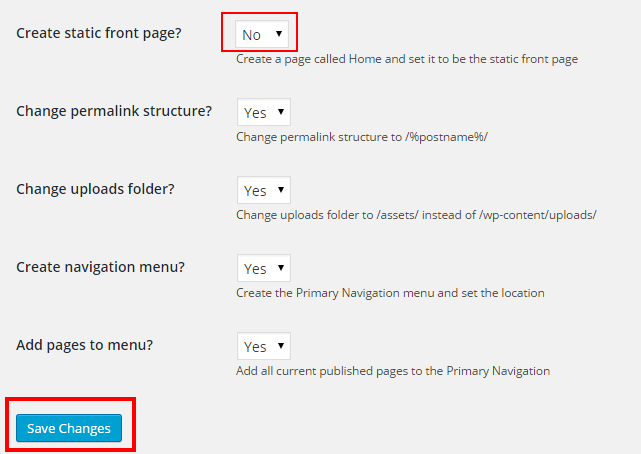
Once theme is installed, you need to install Required Plugins to get full features working.
2.3 Required Plugins Installation
After installing and activating the theme you will see a yellow popup at the top of the page. Saying: “This theme requires the following plugins…” please click the ‘Begin Installing plugins’ link.

You will be redirected to ‘Install Required Plugins’ page, here you will find all of the theme required plugins. To install them just check all of them and from the drop down select install once installed do the same to activate them.

Note: If the plugins installation process could have a notice some plugins unsuccessful installation, please go to these plugins to install one by one. This case usually occurs as you select all plugins installation at once.
2.4 Sample Data Installation
Step 1 - In the Administrator page, please navigate to Tools >> Import.

Step 2 - Please choose “WordPress” to import.

Step 3 - In Import WordPress page, click “choose file” button to select file “sample_data.xml” to upload.

Step 4 - Assign Authors and Import Attachments with selecting “Download and import file attachments“ and then press “Submit” button.

2.5 Widget Installation
Step 1 - In the Administrator page, please navigate to Tools >> Widget Importer & Exporter.

Step 2 - After that choose “widget_data.wie” file >> press Import Widgets button.
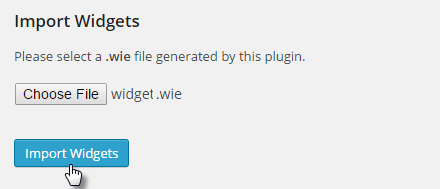
2.6 Import Theme Options
Step 1 - In the Administrator page, please navigate to Appearance >> Theme Options >> Import/ Export tab.

Step 2 - Click “Import the file” button >> open the “theme_options.txt” file with your NotePad editor >> Copy the content into textbox.
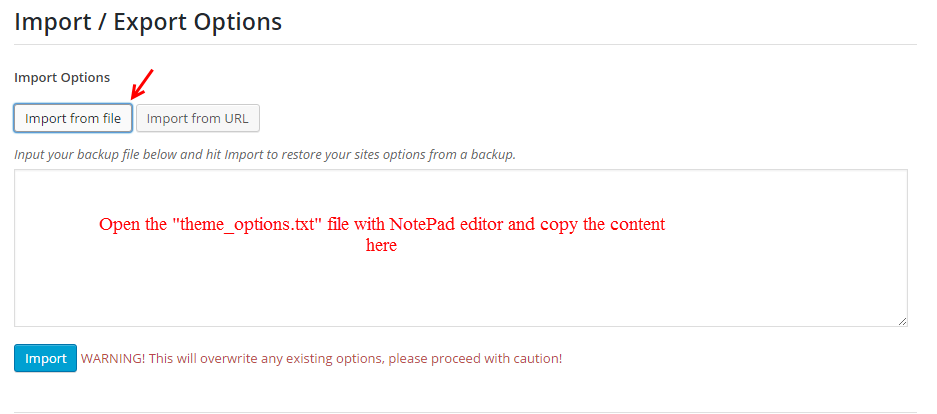
Step 3 - Finally, press “Import” and “Save Change” .

2.7 Import Revolution Slider
Step 1 - In the Administrator page, please navigate to Revolution Slider >> Click “Import Slider” button .
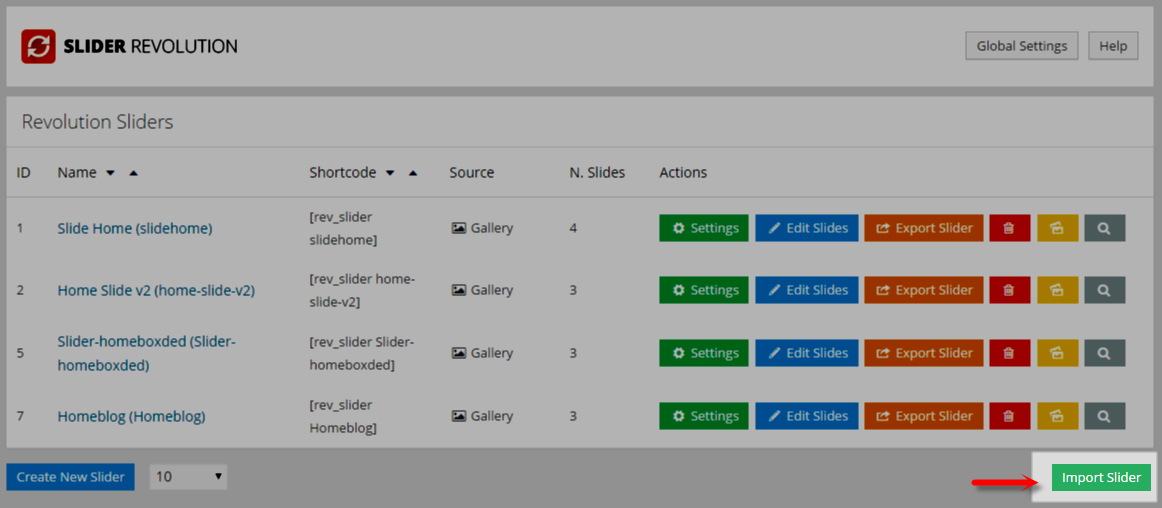
Step 2 - The “Import Slider” pop-up window, please choose the “slideonepage.zip” file (in the folder “revslider”) and press “Import Slider“ button.
2.8 Change Product Image Sizes
You can change the image size in “Woocommerce > Settings > Products > Display” section.
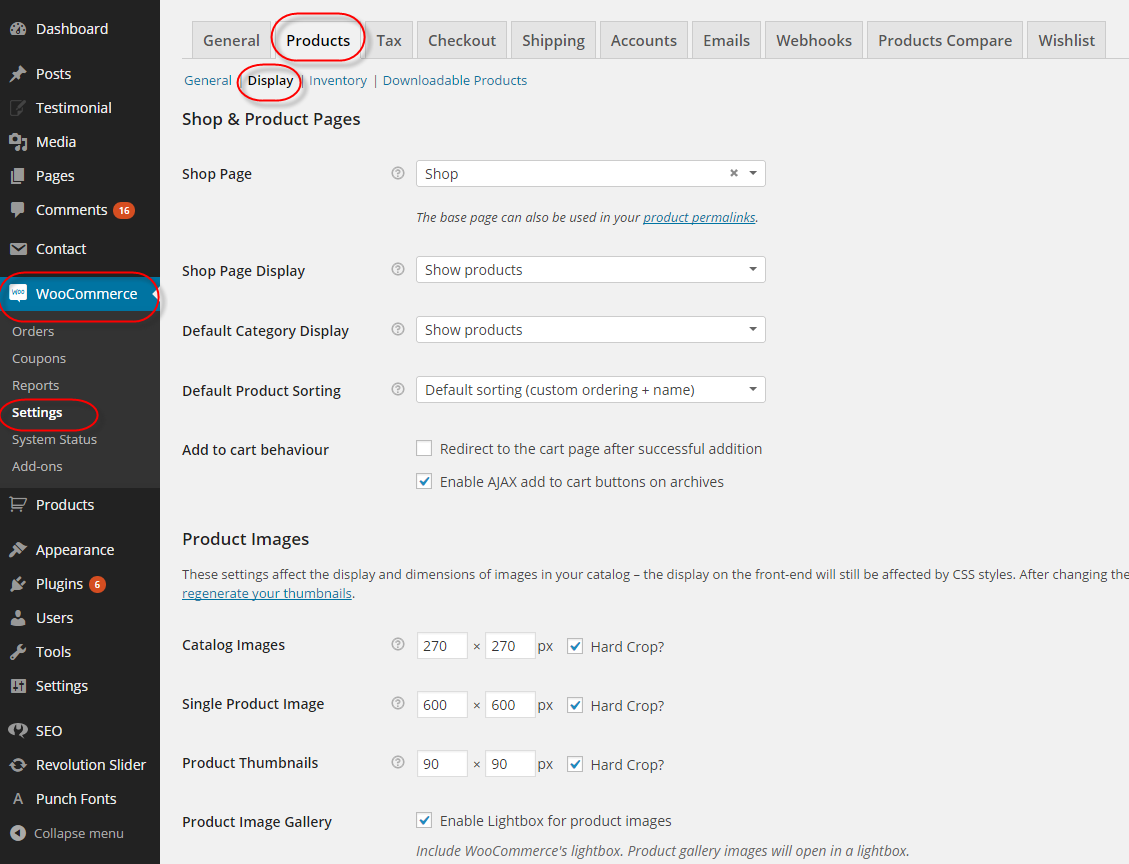
After change the images sizes, you should regenerate all the thumbnails. For this, you should install and activate “Regenerate Thumbnails” plugin.
2.9 MailChimp for WordPress
SW StabWall Theme has used the MailChimp Plugin. It is the subscribe form. You can go Here to read more about this plugin.
The Frontend Appearance

The Backend Settings
1. In your Administrator page, please navigation to MailChimp for WP >> Forms

2. And copy the code row the following into your form mark-up:
|
1
2
3
4
5
|
<div class="newsletter-content">
<input type="email" id="mc4wp_email" class="newsletter-email" name="EMAIL" placeholder="Your email" required />
<input class="newsletter-submit" type="submit" value="Subscribe" />
</div>
|
6PAGES
6.1 How To Create A New Page
Here is a screenshot that shows you the various areas and descriptions of the page settings described above.

6.2 Setting Up Home Page
Setting up your home page is the same as setting up any other regular pages, except that you need to specify in the settings which page will be your Main Home Page.
How To Set Your Home Page
6.3 Page Templates
SW StabWall includes several page templates to choose from, and you will need to choose the page template that suits your needs. For example, if you want a page that is Contact Us Page of the browser window, then you would select the Contact page template. All of this is done in the Pages section of your WordPress admin.
Below are the Page Templates, along with a description of each one.
- Default Template - This is the Default page template that automatically has the sidebar with it. Choose this template for your blog.
- About Us Page - This is the About Us page template. Choose this template when you want to give the customers the information about yourself website.
- Contact Us Page - This is the Contact page template that you should choose when you make your contact page with Google Map & a contact form.
- FAQ Page - This is the FAQ page template. Choose this template when you make your FAQ page.
- Portfolio Pages - These are all the Portfolio page layout templates. Choose 2, 3, 4 columns or portfolio masonry depending on the layout you want.
8
PORTFOLIO
8.1 Portfolio 2 Columns
Frontend Editor - Click on “pencil” sign to configure the portfolio settings

The pop-up window will display the portfolio settings so that you can configure the content as you want:
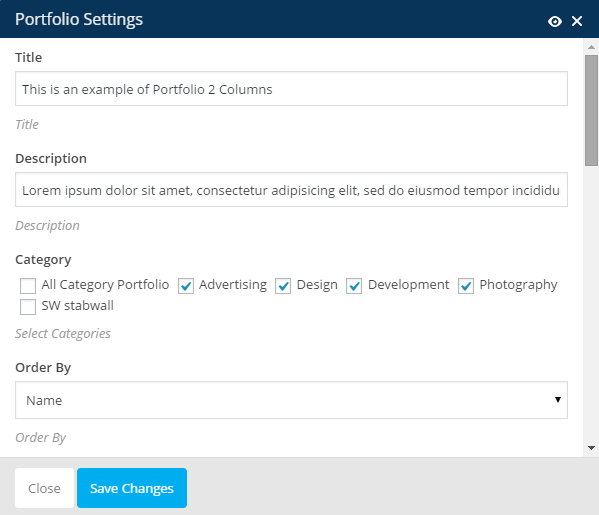
- Title - Input title of portfolio.
- Description - Input Description of portfolio.
- Category - Select Category
- Order By - Allow to order by Name/Author/Date/title/Modified/Parent/ID/Random/Comment Count.
- Order - Allow to order Descending/Ascending.
- Number Of Post - Allow to display number of post. For example: “4″ - will display 4 posts.
-
Number of Columns - Allow to display number of columns on the devices:
- Number of Columns >1200px
- Number of Columns on 992px to 1199px
- Number of Columns on 768px to 991px
- Number of Columns on 480px to 767px
- Number of Columns in 480px or less than
- Layout - Select Layout Fitrows / Masonry style.
- Show Tab - Allow to show tab Or not
- Show button loadmore - Allow to show loadmore button Or not.
Note: With the Portfolio 3 OR 4 Columns Settings part do the same. If you want to set to display 3 or 4 columns, only need to select number of columns on each devices as you want. With the Portfolio Masonry, you select “Masonry” layout.
9
SHORTCODE
9.1 Shortcode Blog
Frontend Editor - Click on “pencil” sign to configure the Shortcode Blog settings

The pop-up window will display the Shortcode blog settings so that you can configure the content as you want:

- Widget title - Input title of widget.
- Description - Input Description of content.
- Style title - Input style of tile as you want. Leave blank to use default style title.
- Type post - Allow to select the different type post.
- Category filter: - Allow to select category.
- Number of posts to show - Allow to display number of post. For example: “4″ - will display 4 posts.
- Excerpt length (in words) - Limit post excerpt length or post content length using number of words.
- Extra class name - If you wish to style particular content element differently, then use this field to add a class name and then refer to it in your css file.
- Order way - Designates the ascending or descending order of the ‘orderby’ parameter. Read more at here .
- Order by - Select how to sort retrieved posts. Read more at here .
9.2 Shortcode Our Team
Frontend Editor - Click on “pencil” sign to configure the Our Team settings

The pop-up window will display the Our Team settings so that you can configure the content as you want:
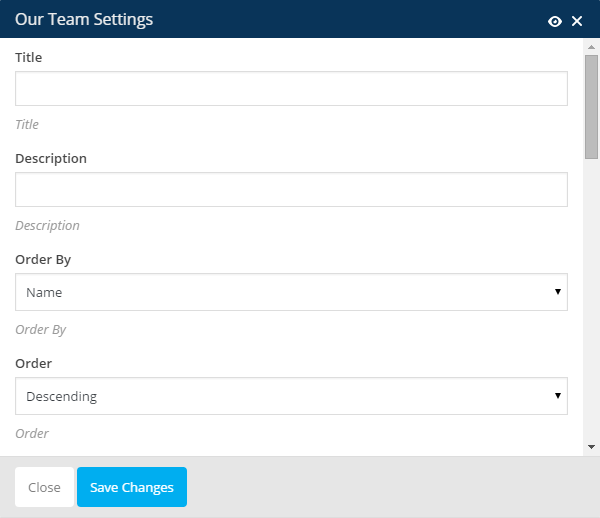
- Title - Input title of widget.
- Description - Input Description of content.
- Order by - Allow to order by Name/Author/Date/Title/Modified/ID/Random/Parent/Comment Count.
- Order - Allow to order Descending/Ascending
- Number of posts to show - Allow to display number of post. For example: “6″ - will display 6 posts.
-
Number of Columns - Display number of columns on devices:
- Number of Columns >1200px
- Number of Columns on 992px to 1199px
- Number of Columns on 768px to 991px
- Number of Columns on 480px to 767px
- Number of Columns in 480px or less than
- Speed - Set speed of slide (Faster = Slower)
- Auto Play - Set the “autoplay” parameter to “true”, so the slider will start playing as soon as the page loads and vice versa.
- Layout - Select Default Layout.
- Interval - Set timer interval between slide.
- Total Items Slided - Allow to set total item slided. For example: Set “1″ - Slider will run one by one.
9.3 Shortcode Testimonial Slider
Frontend Editor - Click on “pencil” sign to configure the Shortcode Testimonial Slider settings
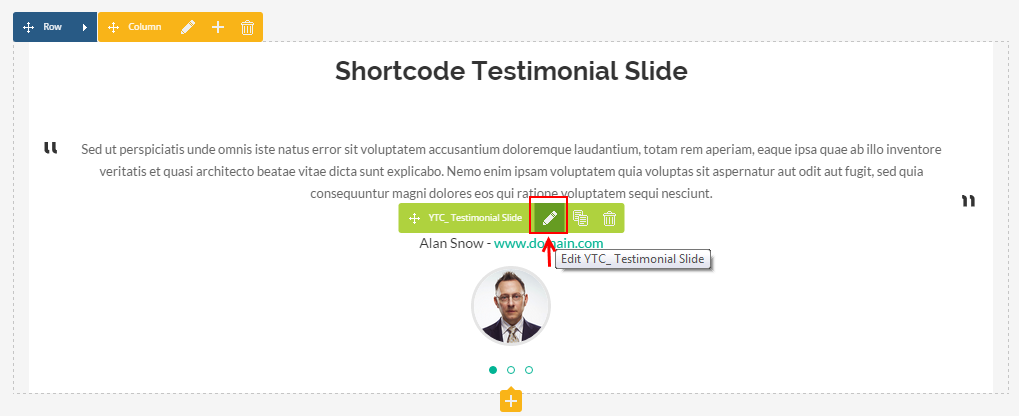
The paramenter in Shortcode Testimonial Slider settings has the meaning as above parts.
10
OTHER
- SUPPORT - If you have any questions that are beyond the scope of this help file, please send us via: Support Tickets System
- FAQs - Go to Here to view more the Frequently Asked Questions.
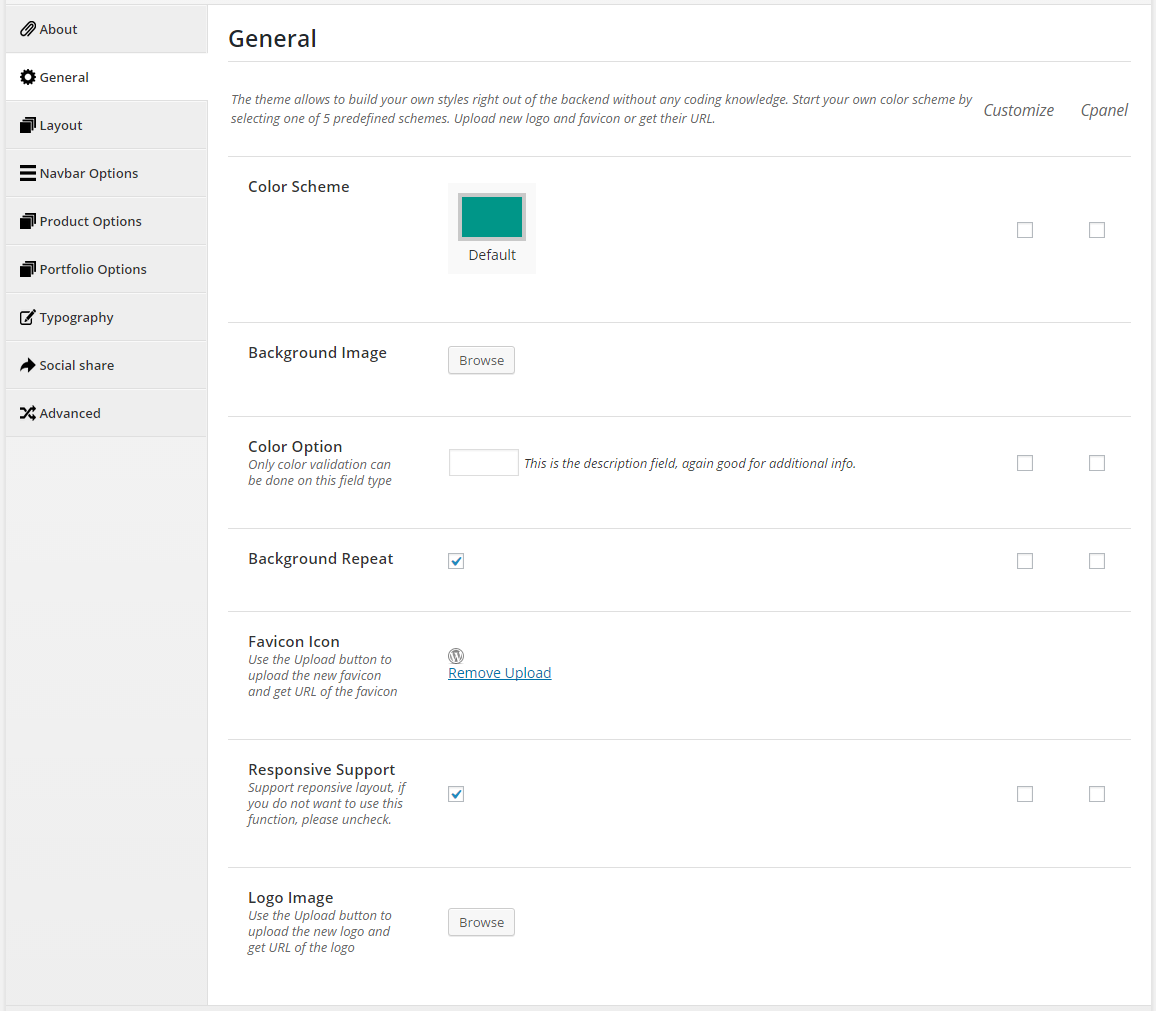

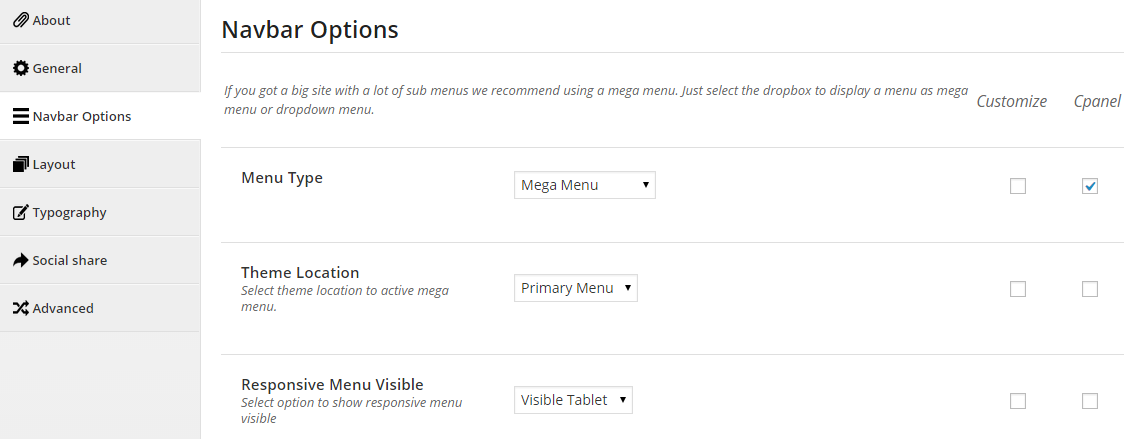








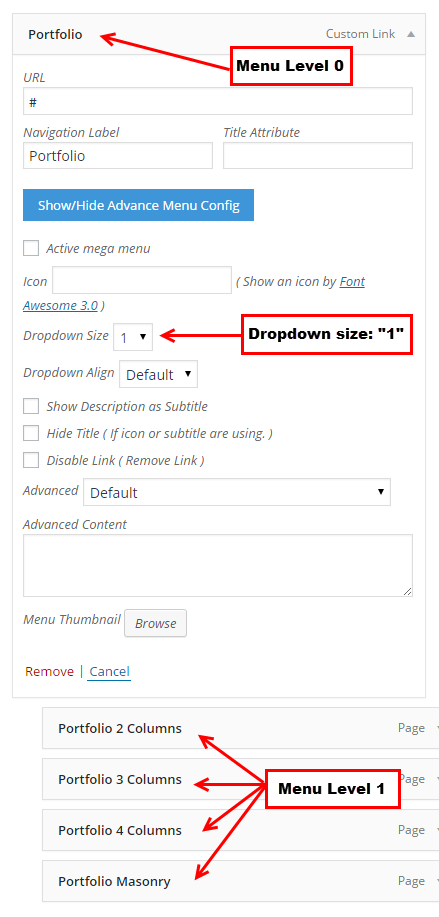


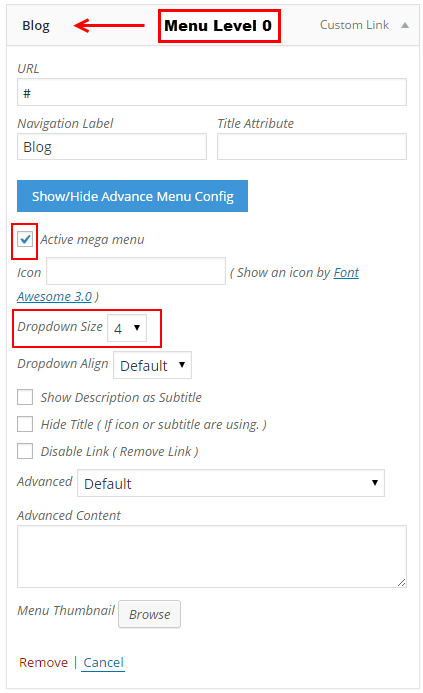
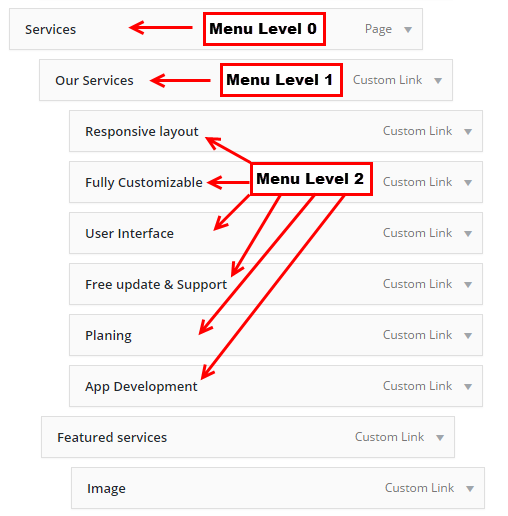
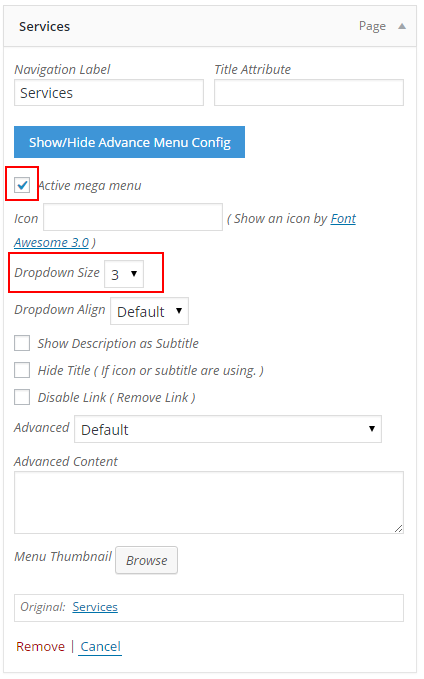
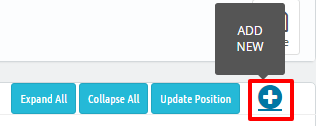
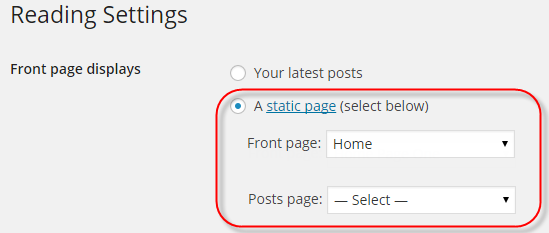

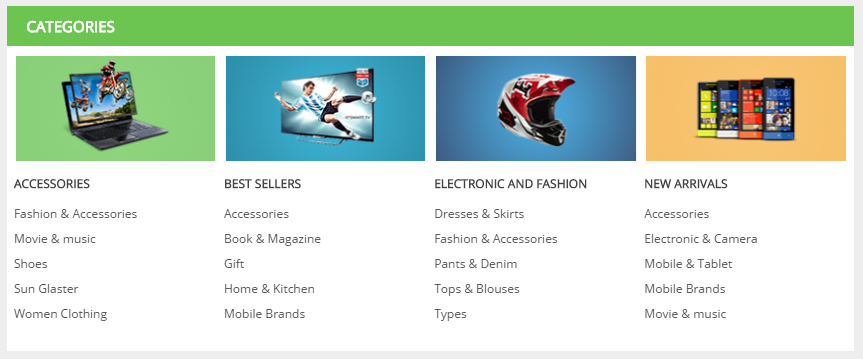
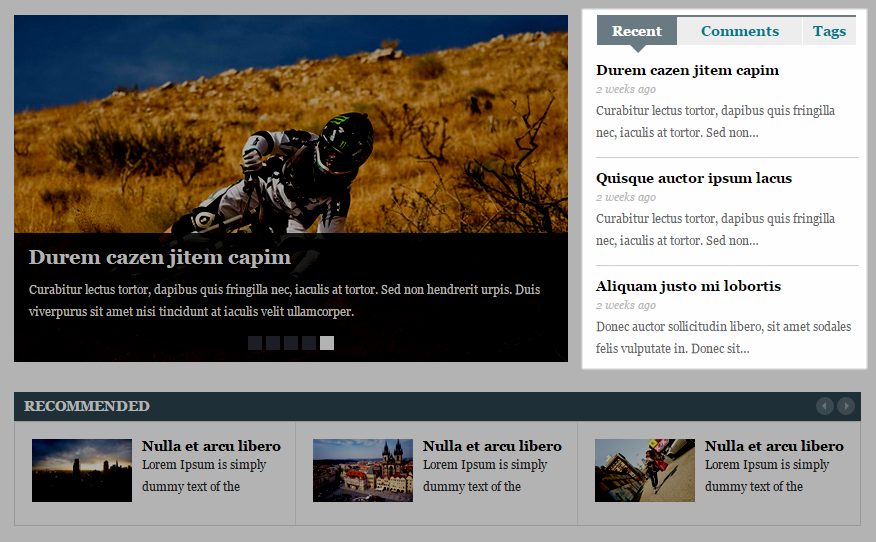
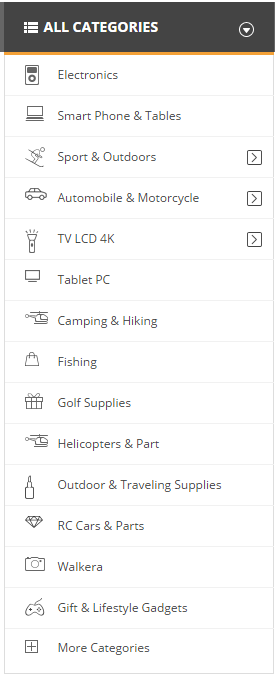
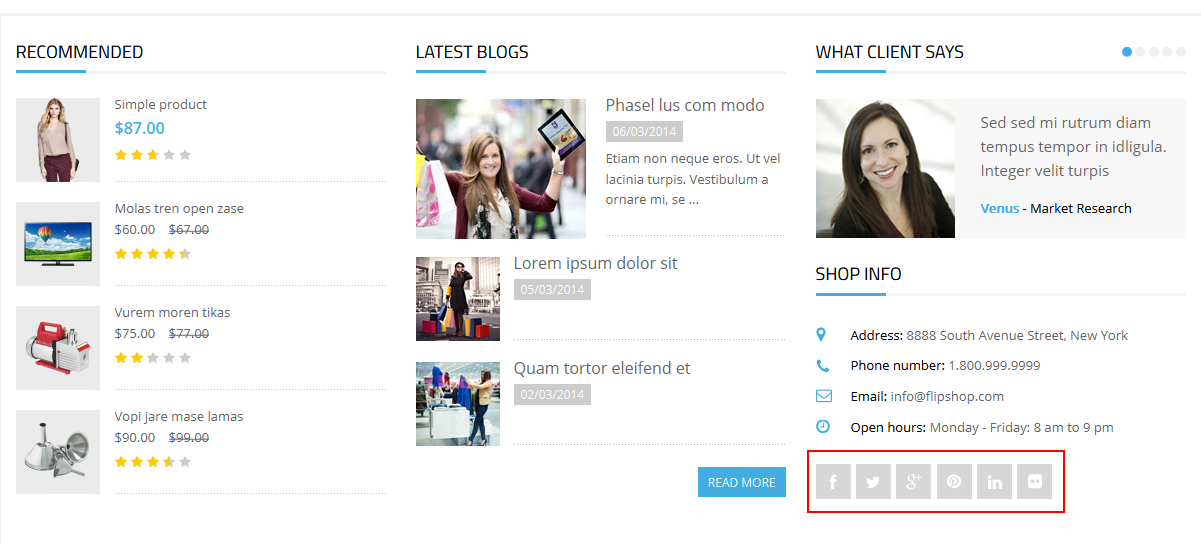

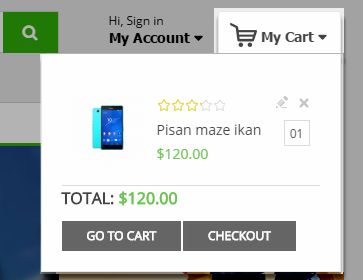
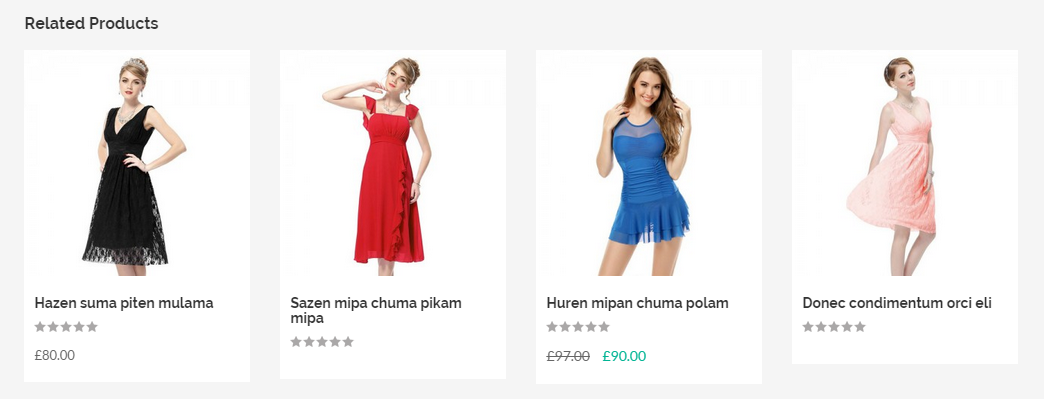

3.7 Social Share